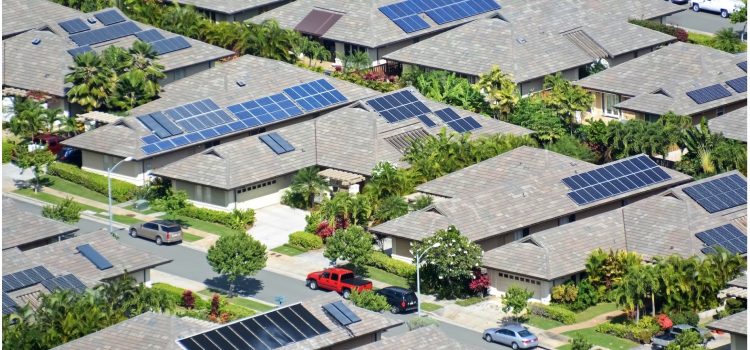
This is a free excerpt from one of Shortform’s Articles. We give you all the important information you need to know about current events and more.
Don't miss out on the whole story. Sign up for a free trial here .
What is one of the biggest problems of renewable energy? How could renewable energy actually be bad for the environment?
Many believe using renewable energy is the future and the answer to environmental harm caused by human activities. In fact, the amount of trash generated by renewable technologies, particularly spent solar panels and discarded wind turbines, threatens to overwhelm landfills.
Keep reading to learn how experts explain one of the worst problems of renewable energy: green trash.
The Renewable Energy Problem
If our ultimate goal of saving the environment is to be met, the most crucial test will be the transition to renewable energy, but this leads to the problem of renewable energy: Governments must prepare for the coming tsunami of green trash. Otherwise, we are simply swapping out one set of problems for another.
The renewable energy problem is illustrated by the waste produced by the solar revolution. Industry officials predict that discarded solar panels might amount to 78 million tons by 2050. While this is a staggering amount, it’s probably a gross underestimate, as it assumes people will allow their panels to live out their full 30-year lifespans before discarding them. In reality, as panels increase in efficiency, people are financially incentivized to replace them before their time is up.
It’s possible, then, that we’ll see 50 times more waste than official predictions, and the volume of waste will surpass the volume of new units by more than two and a half times by 2035. Further, this prediction only accounts for residential panels, not the enormous volume of commercial and industrial panels that will be discarded.
Additional Problems: From Wind to Electric Cars
Other problems of renewable energy exist, too. Experts predict that more than 720,000 tons of wind turbines will end up in U.S. landfills by 2040, and only around 5% of electric vehicle (EV) batteries are currently recycled.
While EVs produce no emissions when being driven, the mining, manufacturing and disposal of batteries threatens to be a major environmental concern in the coming years. EVs currently make up just 1% of the global automobile market, but that number is expected to increase rapidly. Within four years, analysts predict that one in four new cars in China and 40% of those in Germany will be electric. In the U.S., as in other countries, sales for EVs soared in 2021, breaking records even during a global chip shortage and ongoing supply issues. Experts expect up to 230 million EVs in use globally by the end of the decade, accounting for 12% of all cars.
Adding to the problems of renewable energy, the materials in lithium-ion batteries are toxic and often flammable—fires sparked by these batteries are not uncommon in municipal waste facilities. Recycling will likely be a significant piece of the solution. A number of companies have sprung up to redirect materials from end-of-life batteries into new batteries, aiming for a “circular economy.” This process is called “urban mining” and many hope it will become a central part of the manufacturing process.
Recycling promises to not only protect the Earth from battery waste, but to also help with another long-term problem the industry faces: shortages of raw materials for manufacturing.

Want to fast-track your learning? With Shortform, you’ll gain insights you won't find anywhere else .
Here's what you’ll get when you sign up for Shortform :
- Complicated ideas explained in simple and concise ways
- Smart analysis that connects what you’re reading to other key concepts
- Writing with zero fluff because we know how important your time is






